As temperatures soar this week in Washington, industries whose workers do their jobs outdoors must give workers frequent breaks, access to shade, and water cool enough to drink, among other steps. Updated rules from the state Department of Labor & Industries (L&I) took effect June 27 requiring employers to take both proactive and responsive action to keep their workers safe.
Protections for outdoor workers kick in at 80 degrees Fahrenheit, with additional requirements when there is high heat, so forecasted temperatures above 90 and even 100 degrees mean many with outdoor jobs will be working with those requirements in place this week.
As the forecasted temperatures in many places are 10 or more degrees above the average temperatures for the last 5 days, the heat wave requirement to closely observe all workers applies, as all workers are vulnerable to heat-related illness when there is sudden increase in temperature.
At or above 80 degrees for most workers, employers must:
- Encourage and allow workers to take paid preventative cool-down rest periods as needed;
- Provide enough shade or other way of cooling down—like an air-conditioned building or running vehicle—for all employees on a meal or rest break to use;
- Provide enough cool drinking water for each employee to drink a quart per hour; and
- Closely observe new employees, employees returning from absences, and, during heat waves, all employees.
At or above 90 degrees, employers must require a 10-minute paid cool down rest period every two hours. When the temperature reaches 100 degrees or higher, the requirement for breaks becomes 15-minutes of paid cool down rest every hour.
Learn more at www.Lni.wa.gov/HeatSmart.
Recognizing symptoms of heat stress
Heat exhaustion and heat stroke can come on quickly and be serious or fatal. Employers and workers should recognize these symptoms and respond appropriately:
Heat exhaustion:
- Heavy sweating;
- A fast, weak pulse;
- Cold, pale, and clammy skin;
- Headaches, dizziness, nausea or vomiting;
- Weakness and/or cramps.
Workers experiencing these symptoms should move into the shade, drink water, and take cool-down rests as needed. Employers who see the symptoms in their workers must take action, provide aid, and continue to monitor symptoms.
Heat stroke:
Heat stroke is more serious and must be treated as a medical emergency that requires professional medical treatment:
- Skin that is hot, red, and dry, with no sweat;
- A body temperature of 104 degrees Fahrenheit or higher;
- A fast, strong pulse, nausea, and/or loss of consciousness.
Be proactive by protecting workers’ health and safety during the extreme heat of the summer.

